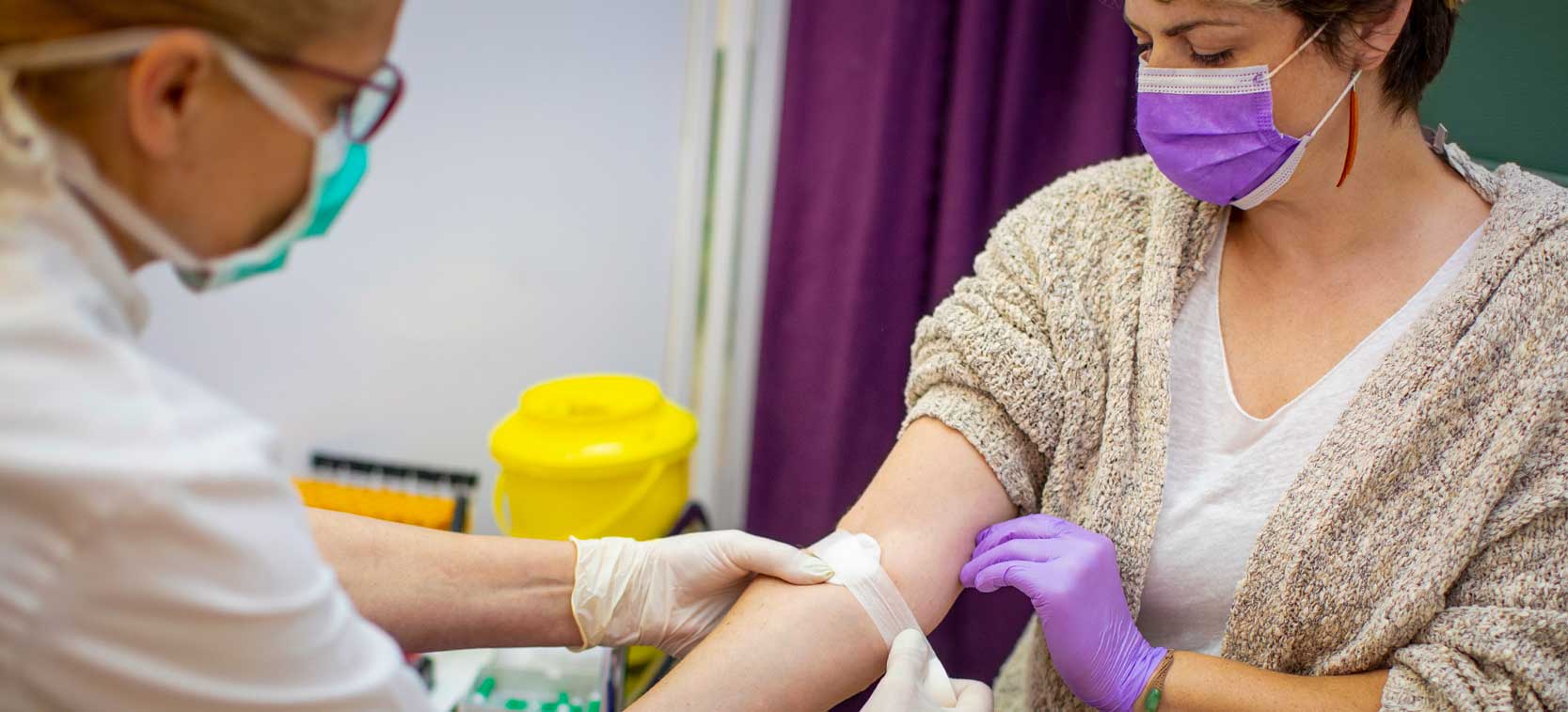9 Easy Facts About Northeast Medical Institute - New Haven Campus Phlebotomy Course & Cna Class Shown
9 Easy Facts About Northeast Medical Institute - New Haven Campus Phlebotomy Course & Cna Class Shown
Blog Article
What Does Northeast Medical Institute - New Haven Campus Phlebotomy Course & Cna Class Do?
Table of ContentsThe Basic Principles Of Northeast Medical Institute - New Haven Campus Phlebotomy Course & Cna Class Some Ideas on Northeast Medical Institute - New Haven Campus Phlebotomy Course & Cna Class You Need To KnowNot known Details About Northeast Medical Institute - New Haven Campus Phlebotomy Course & Cna Class What Does Northeast Medical Institute - New Haven Campus Phlebotomy Course & Cna Class Do?Not known Facts About Northeast Medical Institute - New Haven Campus Phlebotomy Course & Cna ClassExamine This Report about Northeast Medical Institute - New Haven Campus Phlebotomy Course & Cna Class
The usage of such tools need to be come with by other infection avoidance and control techniques, and training in their use. Not all safety devices apply to phlebotomy. Before selecting a safety-engineered gadget, customers ought to thoroughly investigate available devices to identify their suitable usage, compatibility with existing phlebotomy methods, and effectiveness in securing personnel and individuals (12, 33).For setups with reduced sources, price is a motoring consider purchase of safety-engineered gadgets - PCT Classes. Where safety-engineered tools are not readily available, proficient usage of a needle and syringe serves. Unexpected exposure and specific information concerning an occurrence ought to be recorded in a register. Assistance services must be advertised for those that undertake unexpected exposure.
Among the vital markers of top quality of treatment in phlebotomy is the involvement and collaboration of the person; this is equally useful to both the wellness employee and the client. Clear details either written or spoken should be available per person that undergoes phlebotomy. Annex F supplies example message for describing the blood-sampling treatment to a patient. In the blood-sampling space for an outpatient division or clinic, provide a comfortable reclining couch with an arm remainder.
What Does Northeast Medical Institute - New Haven Campus Phlebotomy Course & Cna Class Do?
Guarantee that the signs for blood sampling are clearly specified, either in a composed procedure or in recorded directions (e.g. in a research laboratory type). Accumulate all the equipment needed for the treatment and place it within risk-free and very easy reach on a tray or cart, making sure that all the things are clearly noticeable.
Where the patient is adult and mindful, adhere to the actions detailed below. Present on your own to the person, and ask the client to state their complete name. Inspect that the lab type matches the person's identity (i.e. match the patient's details with the laboratory type, to make certain accurate identification). Ask whether the license has allergic reactions, phobias or has ever passed out during previous injections or blood draws.
Make the patient comfy in a supine setting (preferably). Area a tidy paper or towel under the patient's arm. Discuss the test to be done (see Annex F) and get spoken authorization. The patient has additional hints a right to refuse an examination any time prior to the blood tasting, so it is essential to guarantee that the individual has comprehended the procedure.
Rumored Buzz on Northeast Medical Institute - New Haven Campus Phlebotomy Course & Cna Class
Expand the individual's arm and inspect the antecubital fossa or lower arm. Locate a blood vessel of an excellent dimension that is visible, straight and clear.
DO NOT put the needle where veins are drawing away, because this increases the chance of a haematoma. Situating the vein will certainly aid in identifying the correct size of needle.
Haemolysis, contamination and presence of intravenous liquid and medication can all modify the outcomes (39. Nursing staff and doctors might access main venous lines for specimens following methods. However, specimens from central lines bring a danger of contamination or incorrect lab examination outcomes (https://www.intensedebate.com/profiles/gordonmarvin28). It serves, but not optimal, to draw blood specimens when first introducing an in-dwelling venous tool, prior to attaching the cannula to the intravenous fluids.
All About Northeast Medical Institute - New Haven Campus Phlebotomy Course & Cna Class
Permit the area to dry. Failing to permit adequate call time enhances the risk of contamination. DO NOT touch the cleaned up website; in specific, DO NOT position a finger over the capillary to assist the shaft of the subjected needle. It the site is touched, repeat the disinfection. Execute venepuncture as adheres to.
Ask the client to create a clenched fist so the veins are extra prominent. Enter the blood vessel promptly at a 30 level angle or less, and remain to introduce the needle along the vein at the easiest angle of entrance - CNA Courses. Once sufficient blood has actually been accumulated, launch the tourniquet BEFORE taking out the needle
Northeast Medical Institute - New Haven Campus Phlebotomy Course & Cna Class for Dummies
Take out the needle gently and use gentle stress to the website with a clean gauze or completely dry cotton-wool round. Ask the person to hold the gauze or cotton wool in position, with the arm expanded and raised. Ask the client NOT to bend the arm, since doing so triggers a haematoma.

The Definitive Guide to Northeast Medical Institute - New Haven Campus Phlebotomy Course & Cna Class
Where feasible, maintain the tubes in a shelf and move the rack towards you - https://issuu.com/northeastmed#google_vignette. If the sample tube does not have a rubber stopper, inject exceptionally slowly into the tube as decreasing the pressure and speed made use of to transfer the sampling lowers the danger of haemolysis.

Report this page